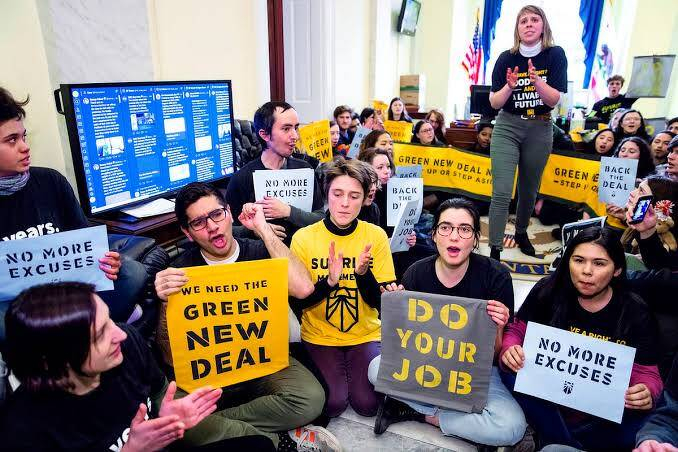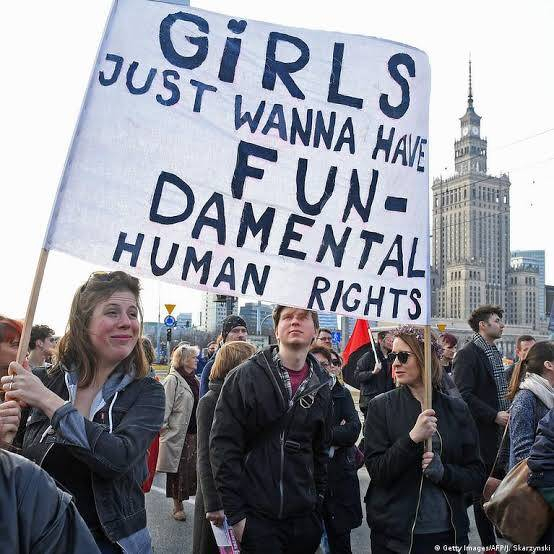Answer:
Answer explained below.Step-by-step explanation:
There are several generational gaps and conflicts between old and new in today's 2020s. Two significant examples include:
1. Climate Change: One of the most significant generational gaps today is the divide between younger generations, such as Millennials and Gen Z, and older generations on the issue of climate change. While younger generations are more likely to prioritize the environment and advocate for sustainable policies, older generations may be more resistant to change or skeptical about the severity of the issue.
This image from the Sunrise Movement shows young climate activists holding signs and banners during a protest. The photo emphasizes the generational gap on climate change, as younger generations demand more urgent action from older generations.

2.
Social Justice and Equity: Another significant generational gap today is the divide between younger generations and older generations on issues of social justice and equity. Younger generations are more likely to prioritize diversity, equity, and inclusion, while older generations may be more resistant to change or skeptical about the need for such policies.
This image from the Women's March organization depicts a young girl holding a sign that reads "Girls just wanna have fun-damental human rights." The image represents the younger generation's commitment to social justice and equity issues, and the older generation's role in supporting them.
